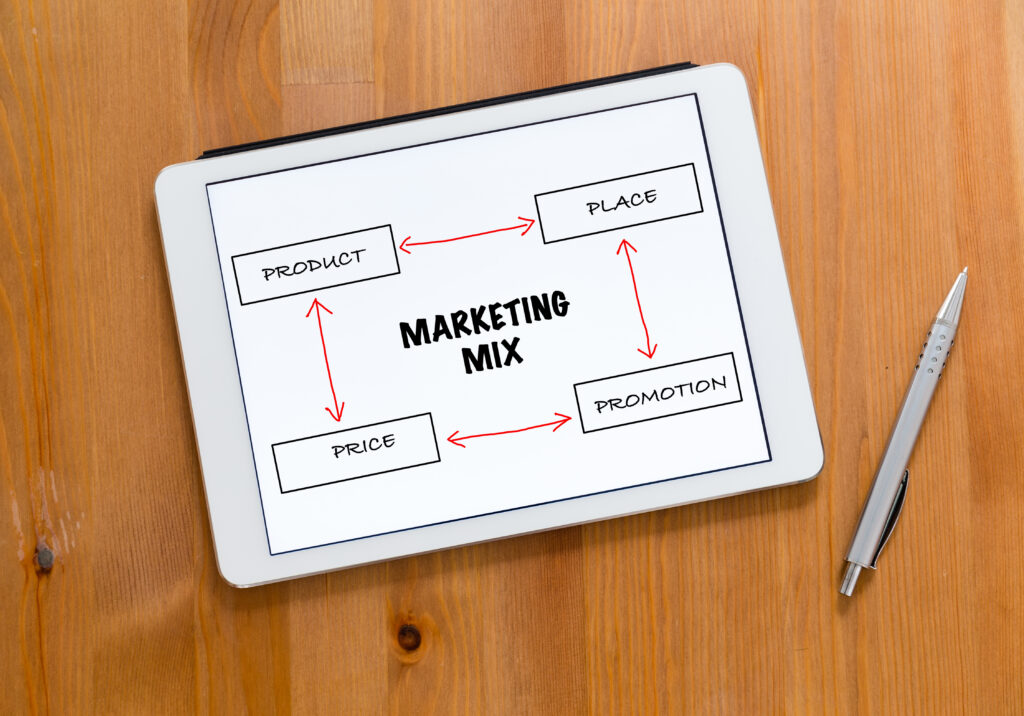A well-designed marketing funnel guides potential customers from the first point of contact with your brand to the final stage where they become loyal customers. By understanding the key stages of the funnel, you can strategically engage prospects at every step, moving them closer to conversion. Here’s how to craft the perfect marketing funnel:
1. Awareness Stage
This is where people first discover your brand, and your goal is to capture their attention. At this stage, the prospect might not know they have a problem or need your solution.
Strategies:
- Content Marketing: Create blog posts, infographics, or videos that inform or educate your audience, establishing your authority in the field.
- Social Media Campaigns: Run social media ads or organic posts to reach new audiences and build brand awareness.
- SEO: Optimize your website content for search engines so potential customers find you when searching for solutions.
- Paid Ads (PPC): Invest in pay-per-click ads to appear in relevant search results or display networks, directing users to your site.
Goal: Increase brand visibility and educate your audience about your offerings.
2. Interest Stage
At this point, your potential customers are aware of your brand and are starting to show interest in what you offer. Now, you need to nurture their curiosity and build trust.
Strategies:
- Email Marketing: Capture leads by offering valuable content in exchange for their email address, then send regular newsletters or helpful information.
- Lead Magnets: Offer free resources like eBooks, guides, or webinars to draw in potential customers and showcase your expertise.
- Remarketing: Use remarketing ads to engage people who visited your site but didn’t convert, reminding them of your products or services.
- Case Studies/Testimonials: Show proof of your success through customer reviews or case studies to build credibility.
Goal: Build trust and educate your audience about how your product or service can solve their problems.
3. Consideration Stage
Here, potential customers are evaluating their options, including your competitors. You need to highlight why your solution is the best fit for them.
Strategies:
- Product Demos: Offer free trials, demos, or product walkthroughs to let prospects experience your product firsthand.
- Webinars: Host webinars that dive deeper into how your product or service solves specific problems.
- Comparison Guides: Provide content that compares your product to competitors, highlighting your unique advantages.
- Pricing Pages: Make your pricing clear and easy to understand, showcasing the value behind your offering.
Goal: Convince your leads that your product or service is the right choice for them.
4. Conversion Stage
This is the decision-making stage where leads are ready to take action. Your focus here is on converting them into paying customers.
Strategies:
- Clear Calls to Action (CTAs): Ensure your CTAs (such as “Buy Now” or “Get Started”) are prominent and easy to follow on your website and landing pages.
- Limited-Time Offers: Offer discounts or special deals to create urgency and encourage immediate action.
- Cart Abandonment Emails: For eCommerce businesses, send follow-up emails to users who left items in their cart, urging them to complete their purchase.
- Testimonials and Reviews: Display customer success stories and product reviews near conversion points to build trust and remove doubts.
Goal: Close the sale and turn a lead into a customer.
5. Loyalty Stage
Conversion is not the end of the funnel. Once someone becomes a customer, you want to turn them into repeat buyers and advocates for your brand.
Strategies:
- Loyalty Programs: Offer rewards, discounts, or perks for repeat customers to keep them engaged.
- Follow-Up Emails: Send thank-you emails or offer additional resources to help customers get the most out of their purchase.
- Exclusive Content: Provide early access to new products or services, and continue delivering value through informative content or tutorials.
- Customer Support: Offer excellent customer service and support to build trust and foster long-term relationships.
Goal: Turn customers into repeat buyers and brand advocates.
6. Advocacy Stage
Satisfied customers can become your most powerful marketing tool by recommending your business to others. At this stage, your goal is to turn loyal customers into advocates who will refer your brand to their friends, family, or colleagues.
Strategies:
- Referral Programs: Create a referral program where customers are rewarded for recommending your business to others.
- Encourage Reviews: Ask happy customers to leave reviews on platforms like Google, Yelp, or Trustpilot.
- Social Proof: Showcase user-generated content, like customer photos or testimonials, on your social media channels and website.
- Affiliate Programs: For certain businesses, starting an affiliate program can incentivize loyal customers to promote your products in exchange for a commission.
Goal: Generate word-of-mouth marketing and boost customer acquisition through advocacy.
Crafting the Perfect Funnel
To craft the perfect marketing funnel, you need to:
- Understand Your Audience: Know their pain points and what motivates them at each stage of the funnel.
- Offer Value at Every Step: Provide relevant content or offers that move your audience from awareness to advocacy.
- Analyze and Optimize: Continuously track performance at each stage and make adjustments to improve conversions.
By understanding each stage and deploying the right strategies, you can create a seamless journey that turns strangers into loyal customers.

